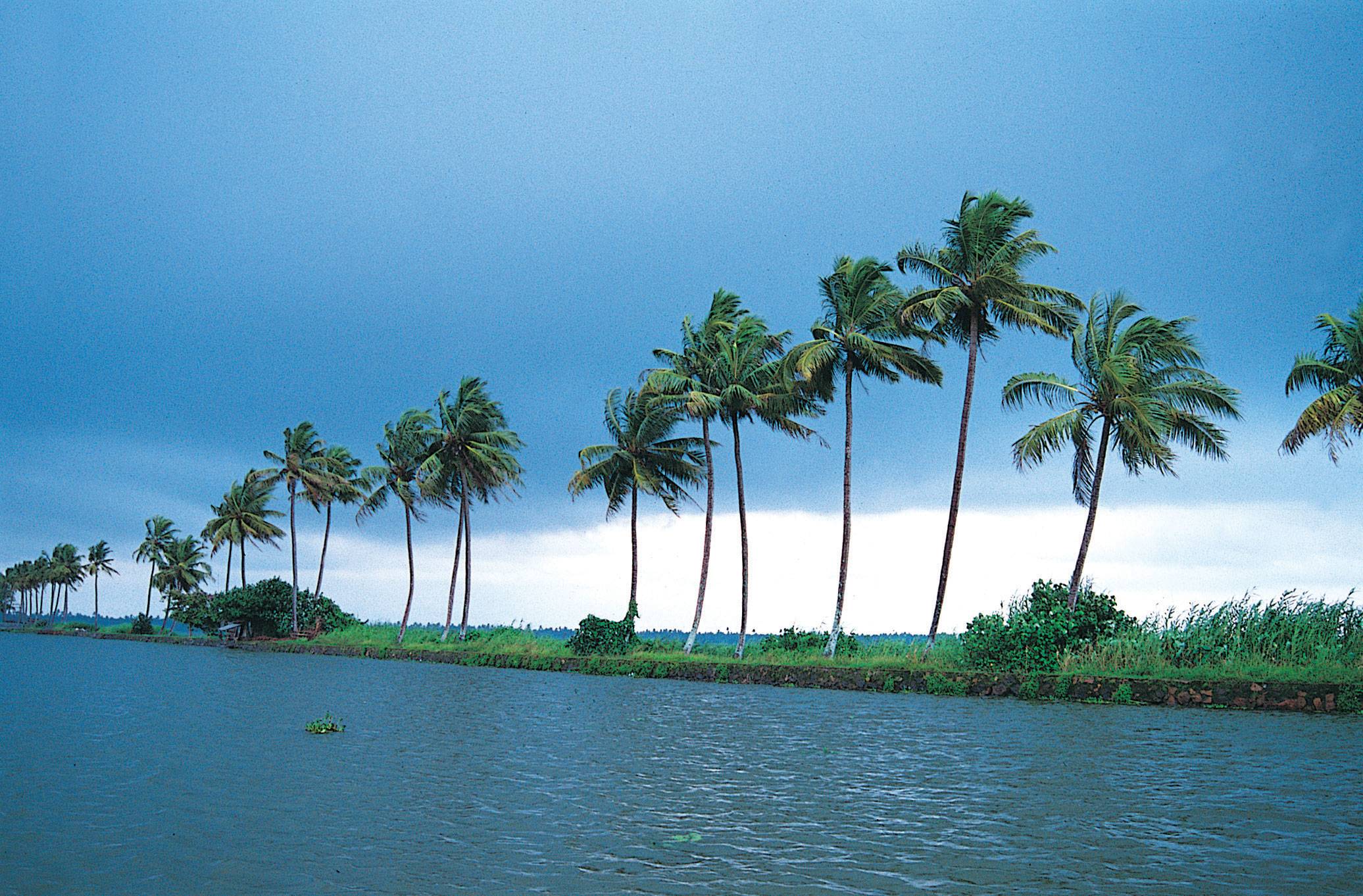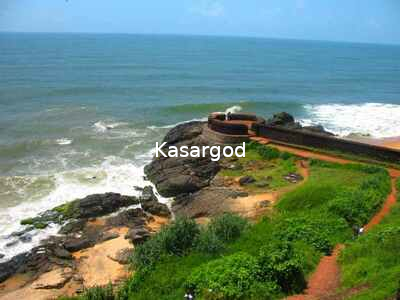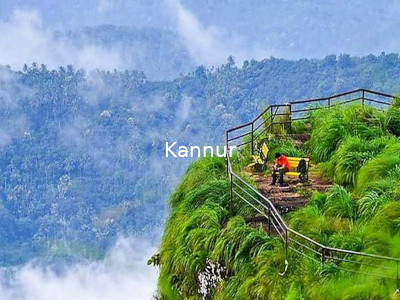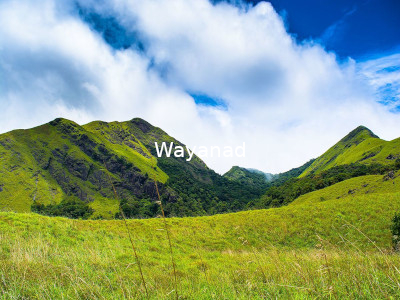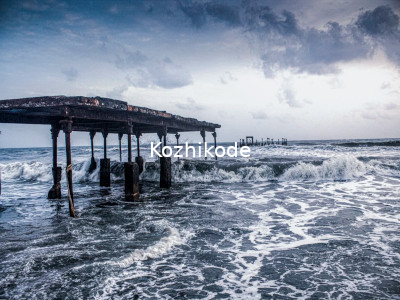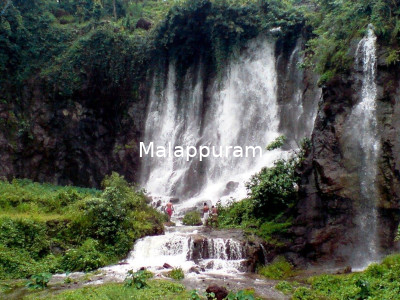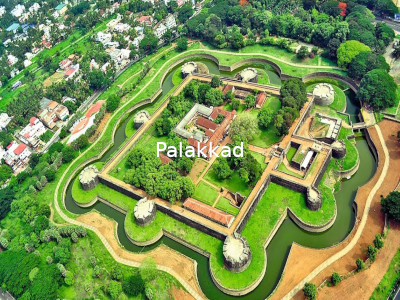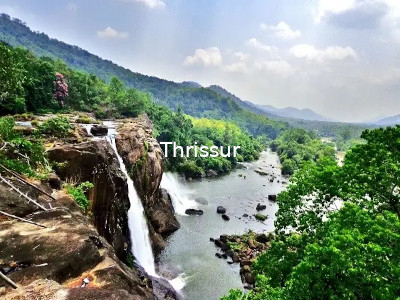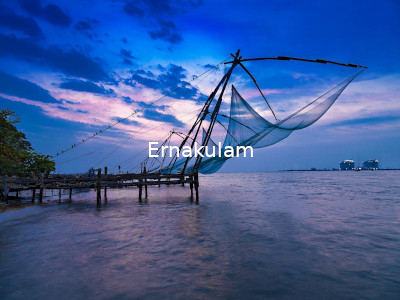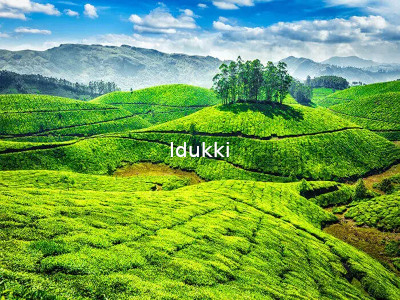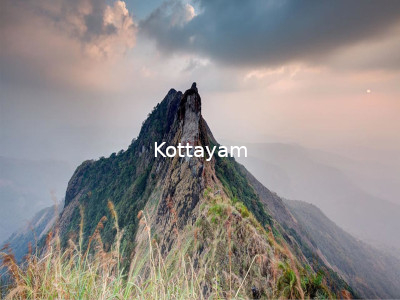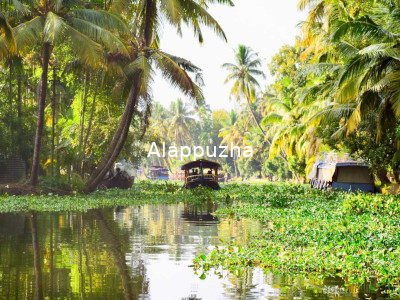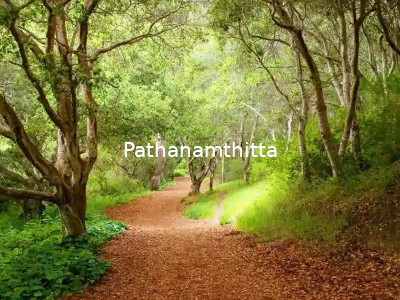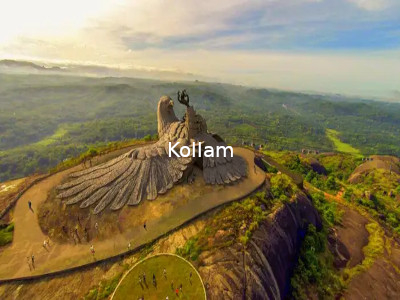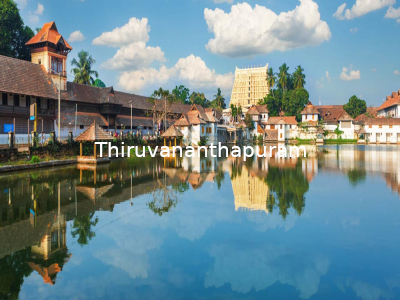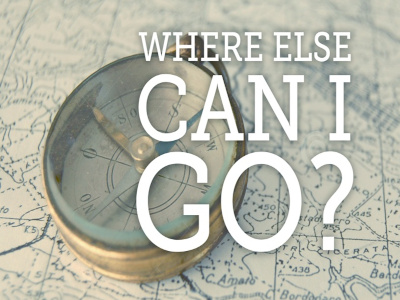A 'Short' History Lesson
Kerala is first mentioned (as Keralaputra) in a 3rd-century-bce rock inscription left by the Mauryan emperor Ashoka. In the last centuries bce this region became famous among the Greeks and Romans for its spices. During the first five centuries ce the region was a part of Tamilakam—the territory of the Tamils. In the 1st century Jewish immigrants arrived, and, according to local Christian tradition, St. Thomas the Apostle visited Kerala in the same century.
Much of Kerala’s history from the 6th to the 8th century is obscure, but it is known that Arab traders introduced Islam later in the period. Under the Kulashekhara dynasty, Malayalam emerged as a distinct language, and Hinduism became prominent.
The Cholas often controlled Kerala during the 11th and 12th centuries. By the beginning of the 14th century, Ravi Varma Kulashekhara of the Venad kingdom established a short-lived supremacy over southern India. After his death, Kerala became a conglomeration of warring chieftaincies, among which the most important were Calicut (now Kozhikode) in the north and Venad in the south.
The era of foreign intervention began in 1498, when Vasco da Gama landed near Calicut. In the 16th century the Portuguese superseded the Arab traders and dominated the commerce of the Malabar Coast. Their attempt to establish sovereignty was thwarted by the zamorin of Calicut. The Dutch ousted the Portuguese in the 17th century. Marthanda Varma ascended the Venad throne in 1729 and crushed Dutch expansionist designs at the Battle of Kolachel 12 years later. Marthanda Varma then adopted a European mode of martial discipline and expanded the Venad domain to encompass what became the southern state of Travancore. His alliance in 1757 with the raja of the central state of Cochin, against the zamorin, enabled Cochin to survive. By 1806, however, Cochin and Travancore, as well as the Malabar Coast in the north, had become subject states under the British Madras Presidency.
Two years after India’s independence was achieved in 1947, Cochin and Travancore were united as Travancore-Cochin state. The present state of Kerala was constituted on a linguistic basis in 1956 when the Malabar Coast and the Kasargod taluka were added to Travancore-Cochin.
Overview of Tourism in Kerala
Kerala is one of the most popular tourist destinations in the country. Named as one of the ten paradises of the world by National Geographic Traveler, Kerala is famous especially for its ecotourism initiatives and beautiful backwaters. Its unique culture and traditions, coupled with its varied demography, have made Kerala one of the most popular tourist destinations in the world. Growing at a rate of 13.31%, the tourism industry is a major contributor to the state's economy.
Until the early 1980s, Kerala was a relatively unknown destination, with most tourism circuits concentrated around the north of the country. Aggressive marketing campaigns launched by the Kerala Tourism Development Corporation—the government agency that oversees tourism prospects of the state—laid the foundation for the growth of the tourism industry. In the decades that followed, Kerala Tourism was able to transform itself into one of the niche holiday destinations in India. The tag line Kerala – God's Own Country was adopted in its tourism promotions and became a global superbrand. Kerala is regarded as one of the destinations with the highest brand recall.
Kerala is a popular destination for both domestic as well as foreign tourists. Kerala is well known for its beaches, backwaters in Alappuzha and Kollam, mountain ranges and wildlife sanctuaries. Other popular attractions in the state include the beaches at Kovalam, Muzhappilangad, Kadalundi Nagaram, Padinjarekkara, Bekal, Varkala, Kollam and Kappad; backwater tourism and lake resorts around Ashtamudi Lake, Vembanad Lake, Vellayani Lake, and Pookode Lake; hill stations and resorts at Munnar, Wayanad, Mukurthi, Nelliampathi, Vagamon and Ponmudi; and national parks and wildlife sanctuaries at Periyar, Parambikulam, Kadalundi, and Eravikulam National Park. The "backwaters" region—an extensive network of interlocking rivers, lakes, and canals that centre on Ashtamudi Lake, Kollam, Alappuzha, Ponnani, and Kavvayi, also see heavy tourist traffic. Heritage sites, such as the Padmanabhapuram Palace, Hill Palace, and Mattancherry Palace, are also visited. To further promote tourism in Kerala, the Grand Kerala Shopping Festival was started by the Government of Kerala in 2007. Since then it has been held every year during the December–January period.
